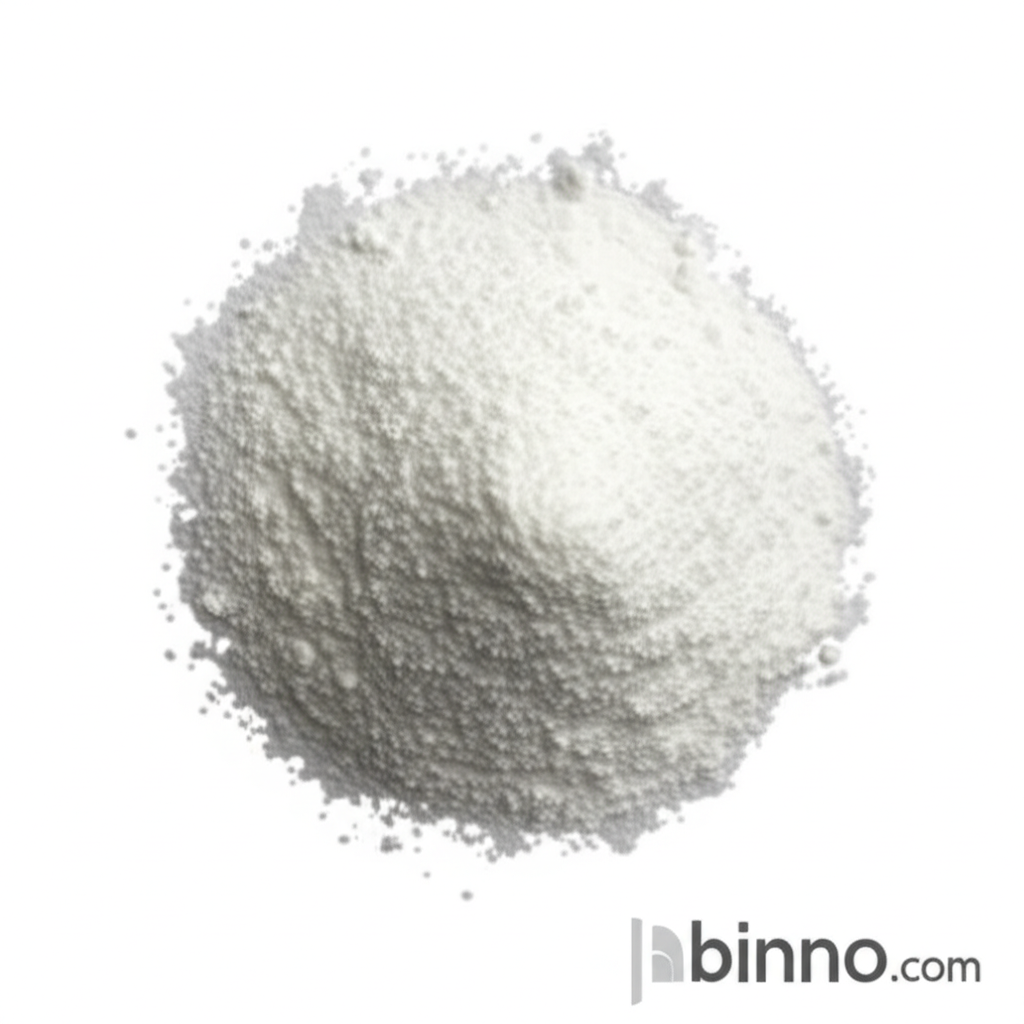3-Aminobenzeneboronic Acid Hemisulfate Salt: A Key Organic Intermediate
Unlock advanced synthesis pathways with our high-purity boronic acid derivative.
Get a Quote & SampleProduct Core Value

3-Aminobenzeneboronic Acid Hemisulfate Salt
This compound is a critical raw material for the preparation of coupling aryl compounds, serving as a versatile building block in organic chemistry and pharmaceutical development. Its high purity and well-defined properties make it ideal for complex synthetic routes.
- Explore the efficient preparation of coupling aryl compounds using this reliable organic intermediate.
- Leverage its potential in pharmaceutical synthesis, contributing to the development of new active pharmaceutical ingredients.
- Discover its utility in advanced applications such as glucose sensing and protein immobilization technologies.
- Benefit from a high purity grade, ensuring consistent and reproducible results in your chemical processes.
Key Advantages
Versatile Reactivity
The boronic acid moiety combined with the amine group offers diverse reactivity, making it valuable for 3-aminobenzeneboronic acid hemisulfate salt synthesis in various chemical transformations.
Pharmaceutical Applications
As a key pharmaceutical intermediate, it plays a vital role in the synthesis of complex molecules, supporting the pharmaceutical industry's innovation pipeline.
Enabling Sensing Technologies
Its application in creating phenylboronic acid-functionalized hydrogels for glucose sensing showcases its impact on cutting-edge diagnostic tools.
Key Applications
Organic Synthesis
Used as a crucial building block in various organic synthesis pathways, facilitating the creation of complex molecular structures.
Pharmaceutical Intermediates
Serves as a foundational component in the synthesis of pharmaceuticals, contributing to drug development and manufacturing.
Aryl Coupling Reactions
Essential for preparing coupling aryl compounds, a common and important reaction class in synthetic organic chemistry.
Sensing and Diagnostics
Applied in the development of biosensors, such as those for glucose sensing and protein immobilization, highlighting its role in advanced materials science.
